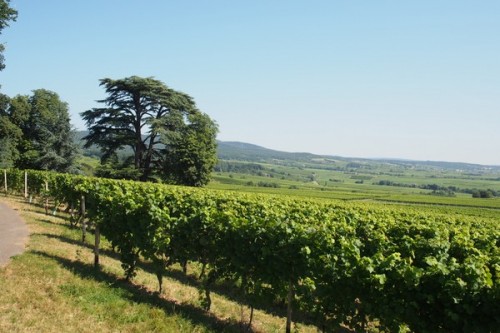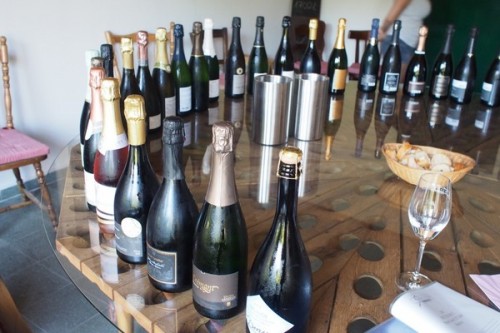
So I have been in Germany for six days now (including the arrival day, and today which has just started, which makes four days of visiting and tasting). This has been a good trip and I have learned quite a bit. This trip has also focused on three regions which I didn’t know all that well: the Rheinhessen, the Rheingau and the Pfalz.

Germany is becoming interesting. Very interesting. It’s not so much the revolutions in quality, as much as small incremental improvements, and the gradual handing over of family domains to enthusiastic, well travelled and well informed younger generations.

These small incremental improvements make for terrible articles (‘everything is getting just a little bit better’), but it’s healthy for a wine industry to go through gradual change.

I’m not so much a trade journalist, analysing the wine business from that angle, but more of a wine lover, who delights in finding new, exciting producers, and who is fascinated by how a place can make a wine.

Terroir. It’s the magical ingredient. It’s what makes wine interesting. But it is really complex: how can a place be interpreted by a liquid in a glass? How can music speak of emotions? How can a painting move someone to tears? The complexity of wine, and its resistance to simple categorisation and scientific description, is what draws me to it again and again.

This is my second trip to Germany this year. One of the highlights of this trip was attending the VDP tasting in Wiesbaden for the first time. The VDP is a club of many of Germany’s top producers, and this was a showing of some 400 of the top category wines (those from the most privileged vineyard sites, known as Grosse Lage). I tasted some amazing Rieslings and Silvaners here, from across Germany’s regions, in what must be one of the most well organised and focused tasting sessions possible.

There are just so many good German wines now, and the roll call of top producers is growing steadily. Many of the wines are just so affordable, too, considering their quality. Expect more to come, because there is room for improvement, particularly with Spätburgunder (Pinot Noir), which is a work in progress. I think Sekt (the top stuff, and that’s just a small slice of production at the moment) also shows a lot of promise, and this is the focus of the last two days of this trip.
Leave a Comment on Falling in love with German wine